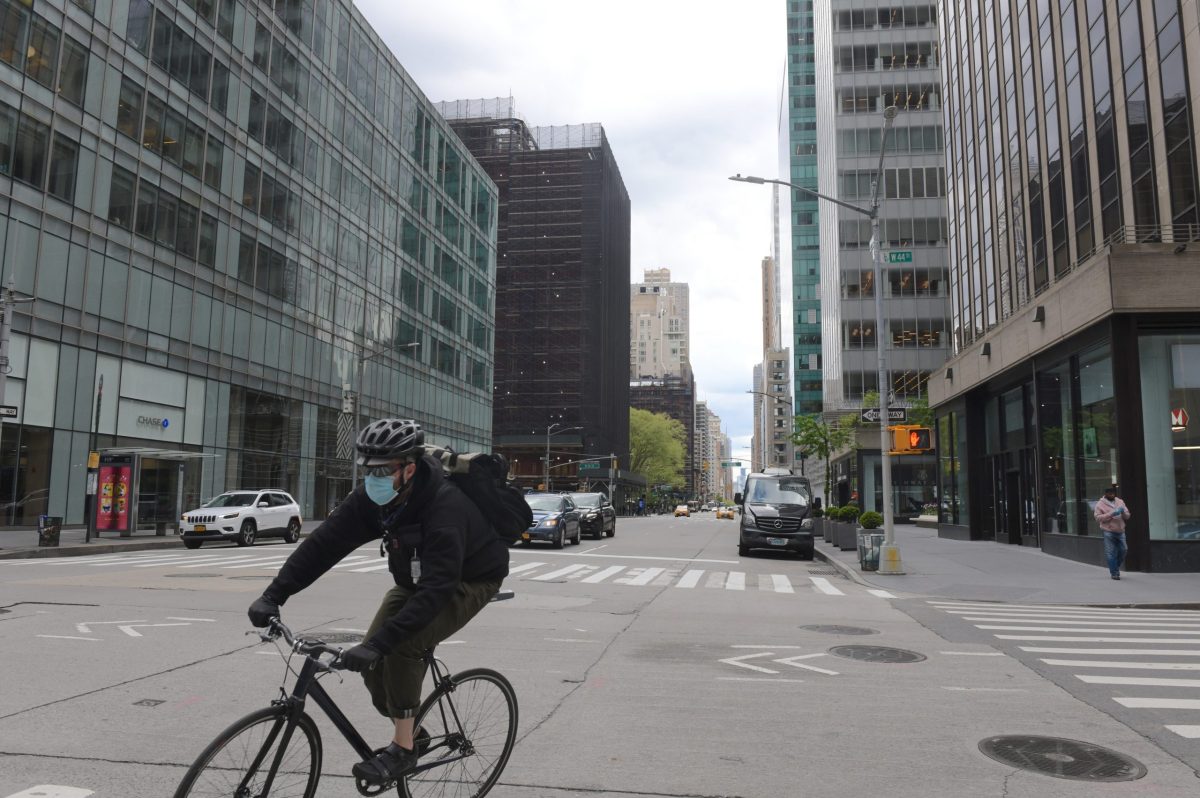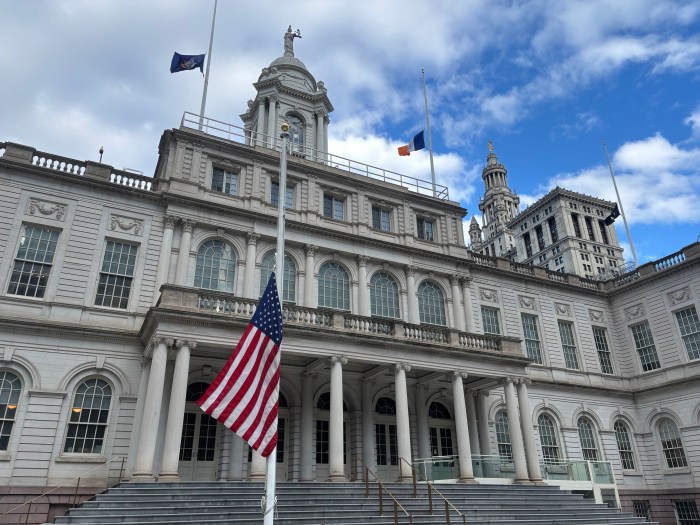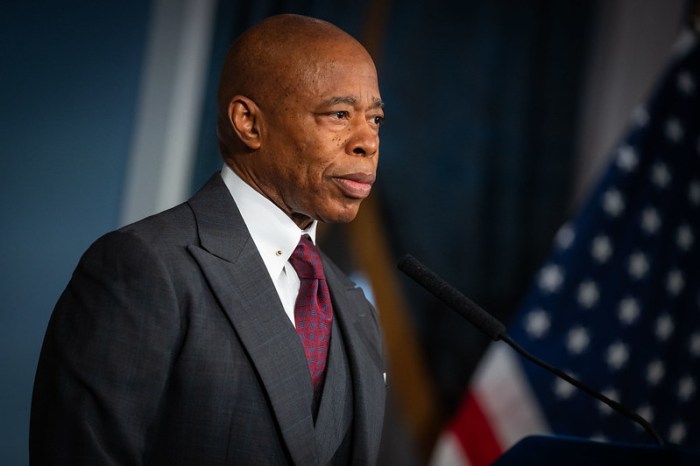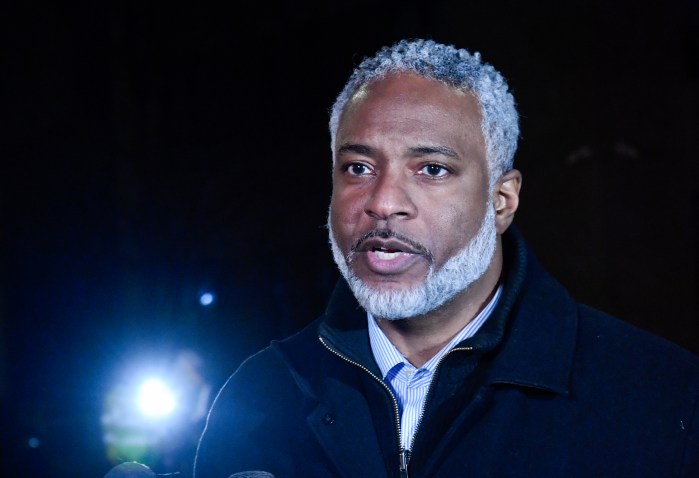By Tony Hannigan, CEO, Center for Urban Community Services (CUCS)
More than 25,000 New Yorkers lost their lives to COVID-19. A disproportionate number were front-line workers, people of color, and homeless people. The toll bared the differences between people who do and people who do not have the options that come with financial resources, housing, and health care.
NYC was the epicenter of the pandemic, and it remains the epicenter of the nation’s homeless crisis. More than 70,000 New Yorkers do not have a place to live other than the subway, street, or shelters. It is impossible to follow the recommendations for quarantine, hand washing, and social distancing while living in public or in congregate shelter. Despite fiscal expenditures in NYC that have grown annually since 2014, homelessness looms large, fueled by a lack of affordable and supportive housing.
Now comes the aftermath for those who lost their jobs and those who lost the family breadwinner during the pandemic. Soon the moratorium on rent evictions will come to an end, threatening a spike in homelessness, an issue the De Blasio administration has sought to vanquish. Though New York City is now facing an estimated $9 billion deficit due to COVID-19 related costs, let’s not forget those who will live a much harder aftermath than those who had more options.
The City’s Executive budget for FY 2021 includes a proposed 40% cut to capital expenditures by the Department of Housing Preservation and Development (HPD). Developers of affordable housing know this would cripple the pipeline if enacted. The production of supportive housing, which is targeted to the most vulnerable among the homeless, would also be gravely impacted.
The Center for Urban Community Services (CUCS) and other non-profits were recently asked by the NYC Department of Homeless Services to manage an increase of over 1,000 hotel based stabilization beds in response to the surge of homeless people coming above ground as a result of NYC’s nightly subway closures that began in early May. The additional stabilization beds have been exceedingly important, but they are temporary. It would be regressive and cruel to abandon those individuals as health threats to the ridership diminish.
Poverty, homelessness, and structural inequities undercut communities of color in NYC. Decent housing is a basic quality of life measure, and a draconian cut to HPD’s capital budget would be a direct assault on future production. The proposed HPD budget cut would halt existing affordable and supportive housing production and stop new projects from entering the pipeline at the precise moment when we need to prioritize investing in these communities.
Our city’s budget deficit is undeniable and huge. Hopefully, legislative authorization from the state or a stimulus package from the feds will provide a pathway to higher ground. If not, there will be hard choices to make, though impeding the production of affordable and supportive housing should not be among them. If we are going to build a better and more just city, we need to invest not divest.





































